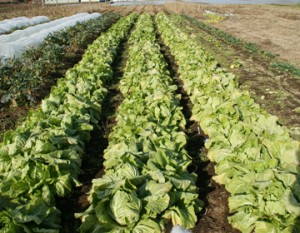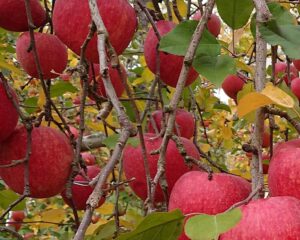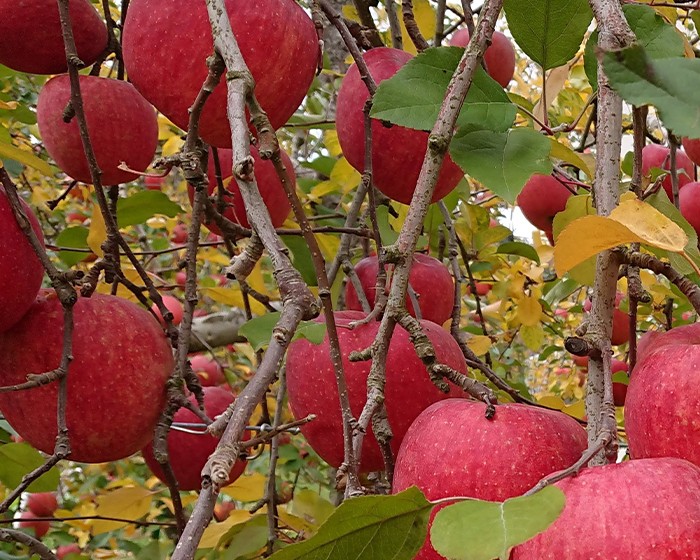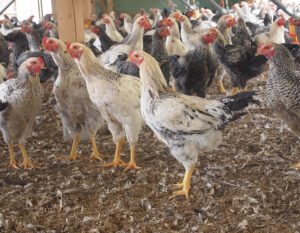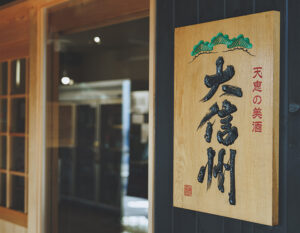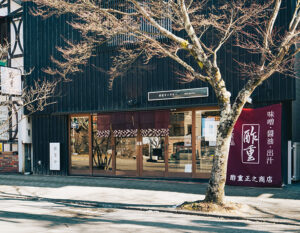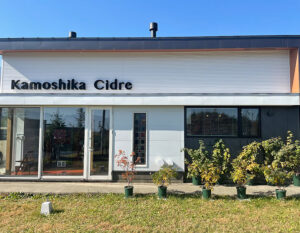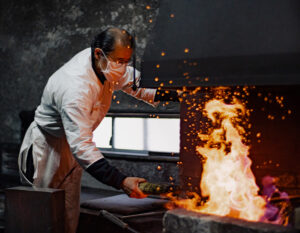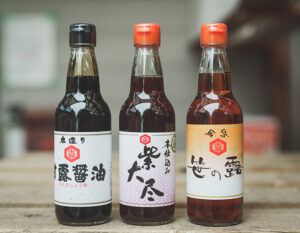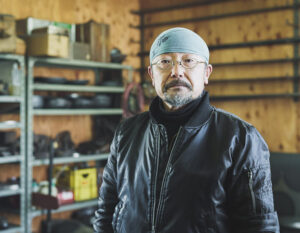Why Apple Cultivation Thrives in Nagano
Nagano Prefecture boasts the second largest production of apples in Japan after Aomori Prefecture. The fruit is recognized as a specialty by all residents of Nagano Prefecture, so much so that even the signs posted on highways to indicate the border between the two prefectures have an illustration of apples on them.
The area where apples are grown is not limited to a specific region, but spans the entire prefecture, from north to south. The prefecture’s wide production area is not limited to a specific region, but spans the entire prefecture, from north to south, and because of the large amount of apples shipped, Nagano’s growing techniques are also highly developed, and the number of apple farmers who have won prestigious national awards is one of the highest in Japan.
Why is Nagano Prefecture suitable for apple cultivation? One of the main reasons is the climate. Aomori Prefecture is no exception, but when one looks around the world, Kazakhstan, which is said to be the native country of apples, Normandy in France, one of the world’s leading apple-producing regions, and Wenatchee, Washington, all suffer from severe cold weather. Conversely, warmer climates result in apples with softer flesh and less flavor and coloring.

Too cold temperatures also make it difficult for the apples to ripen. Therefore, the conditions for growing delicious apples are not only cold weather, but also an area with a high percentage of sunny days, where the sun’s rays mitigate the low temperatures. The cool autumn temperatures and the difference in temperature between day and night in high altitude areas are also important factors in preserving the flavor of apples.
The combination of these favorable conditions for apples makes Nagano Prefecture famous for its high-quality apples, and Yamanouchi Town, located in the northern part of Nagano Prefecture, is particularly famous for its high-quality apples. The town is located at the foot of the Shiga Kogen Plateau, which attracts many skiers in winter, and the autumn wind blowing down from the plateau is especially cold in Nagano Prefecture, making the apples delicious.
Yamanouchi Town has produced more winners of the Minister of Agriculture, Forestry, and Fisheries Award than any other town in Nagano Prefecture, and among these legends, there is an apple farmer who has won many awards, including the Minister of Agriculture, Forestry, and Fisheries Award, and is called an “ace. Mr. Shohei Yumoto is the representative of ” Ringo-en Yumoto ” ( Apple Orchard Yumoto ).
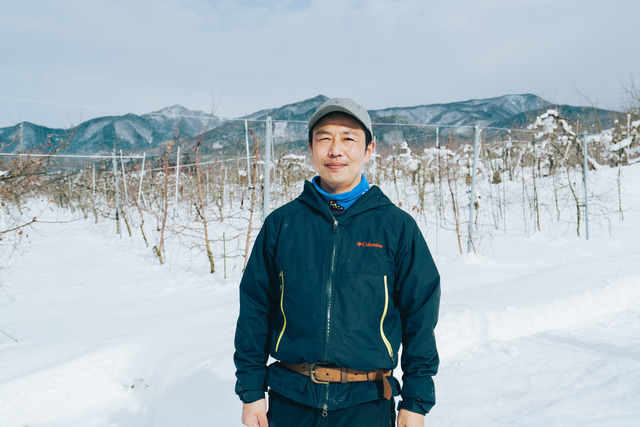
The Characteristics of Shinano Sweet and the Purpose of Cultivating Delicious Apples
Mr. Yumoto’s farm grows about 10 varieties of apples, including the standard Fuji and Tsugaru varieties, as well as popular Nagano Prefecture original varieties such as Shinano Sweet, Shinano Gold, Akiei, and Shinano Dolce, which originated in Shinshu.
The ” Shinano Sweet ” in particular is Mr. Yumoto’s best work. It is a thoroughbred of the apple world, with Fuji and Tsugaru as its parents. He does not pick apples early, but harvests them when they are fully ripe. The average sugar content is 15%, but it is not only sweet, it is also balanced with acidity to achieve the highest level of umami, creating a rich yet refreshing taste. The glossy red color that makes you want to pick it up is also captivating. It is a gem that will make apple fans across the country swoon.
Some growers grow dozens of varieties of apples, but Mr. Yumoto carefully selects the varieties he grows on the premise that he can keep an eye on all the apples he grows.
Of course, selecting the right variety alone is not enough to produce high quality apples. What is most important is the preparation of the apples before they are harvested. This is the pruning work that is done during the winter season. The purpose of pruning is not only to remove unnecessary branches, but also to produce high-quality flower buds, which are essential for producing delicious apples. From here, strong flowers and leaves are produced and apples are borne. The next year, or the year after that, the tree’s frame will be built and its vigor will be adjusted while considering where on the tree the flowers will bloom and the apples will be borne. He says that the tree is in its best condition when it is bearing apples and the nourishment is reaching the tips of the drooping branches.
The important thing to remember here is that pruning, as mentioned above, creates the flower buds for the next year and the year after, and the quality of that year’s apples has already been determined by the pruning done prior to last year. In other words, the pruning done that year is like an investment in advance, with an image of what will happen a year or more in the future.

Thus, apples are carefully nurtured over the course of a year, starting with pruning that determines how the fruit will develop next year, artificial pollination to produce fruit, fruit picking to grow larger and improve quality, leaf picking to expose the fruit to the sun and improve color and taste, and harvesting.
Apples grown in this way produce a rich flavor.
Today, preservation technology has developed, and the preservation method called CA storage, which keeps apples fresh for a long time by reducing the oxygen in the air inside the storage and increasing the carbon dioxide, has become widespread, especially in Aomori, a famous apple-growing region. Thanks to this method, apples can now be delivered to the table even in the summer, when they are out of season.

The fact that such technological developments have made it possible for more and more people to enjoy delicious apples throughout the year also means that consumers have raised the bar for apple quality. In Japan, there are currently about 2,000 varieties of apples, and about 100 varieties for food use alone.
This is why Mr. Yumoto feels strongly that he must pursue even higher quality and promote the taste and flavor of Yamanouchi apples throughout Japan.
At the same time, he is grateful to have been surrounded by legendary producers, and he would like to return the favor to the region by passing it on to the next generation.
Nagano Prefecture is home to apple farmers who make the most of regional characteristics. We cannot take our eyes off Mr. Yumoto, who is an evangelist for the charm of apples grown in the deep snow and rich nature of Yamanouchi Town.
